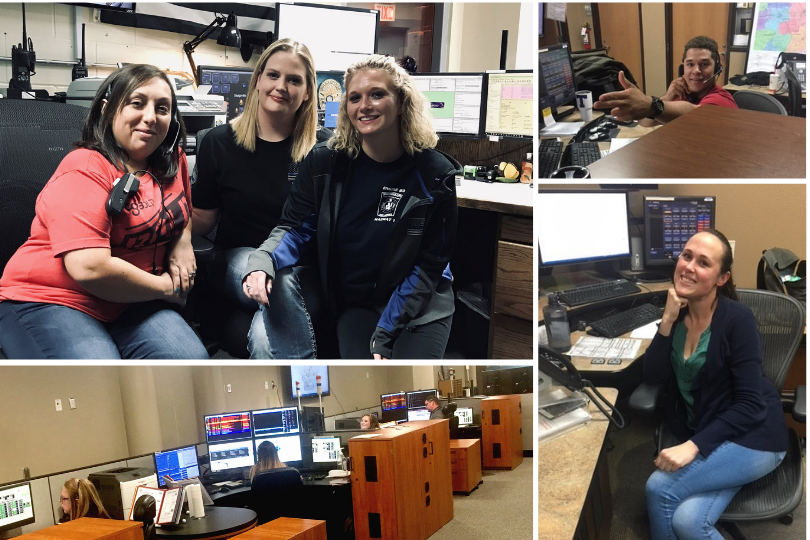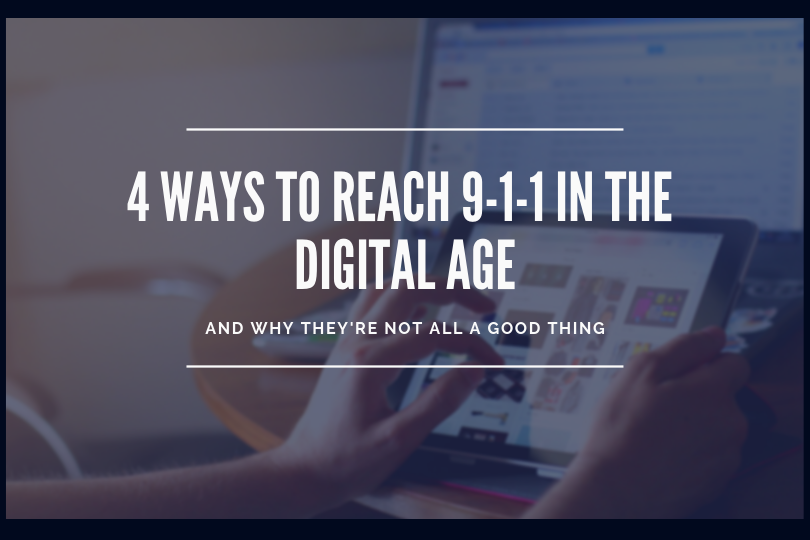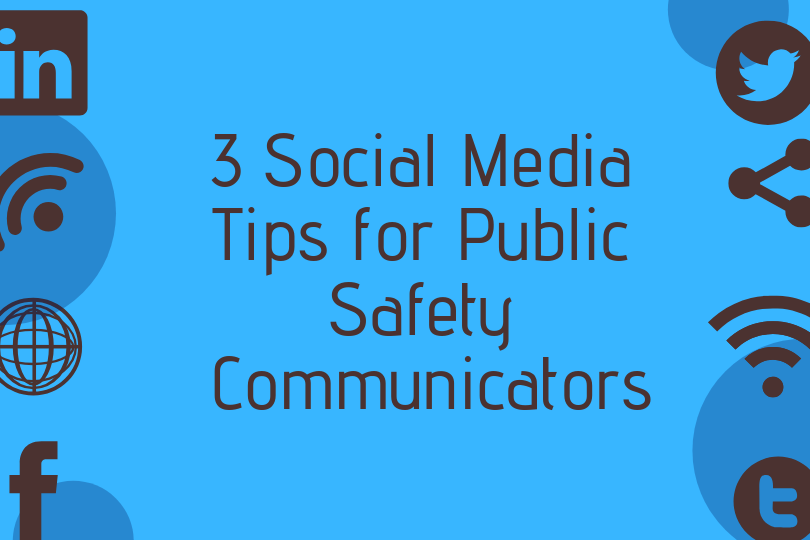It’s a brave new digital world. Boundary-pushing technologies pop up every day, and a lot of this new tech solves our problems faster and makes our lives easier. However, there are some industries, like public safety, who are concerned about new technology that the public isn’t fully educated in.
The best way to reach 9-1-1 is by calling. We don’t see a way around it for some time, but that doesn’t mean tech companies aren’t trying to change that. Some of the solutions that have popped up in recent years can help a caller get to 9-1-1 in specific circumstances, and others are causing more harm than good.
Emergency Apps
Emergency apps were created to provide advanced capabilities that are not yet available or are currently in development for Next Generation 9-1-1. Many of these apps claim that they can replace a voice call to 9-1-1, but that’s not always true.
Many 9-1-1 call centers don’t support emergency apps, and because there is no national standard, an app that is used in one jurisdiction may not be used in another. It’s difficult to create a one-size-fits-all solution when there are no standards to enforce, or when these apps are created by developers that lack public safety knowledge and resources.
Be wary of the claims that these apps make. There is no 9-1-1 app certification process developed by public safety organizations or government agencies, so if an app is “certified,” it’s unlikely that it was seen by industry professionals with authority over 9-1-1. Apps that claim to send information directly to first responders are probably referencing first responders who also downloaded the app and are monitoring it regularly—and many of them will have to pay a fee to do this. The odds that the first responders in your community are using it are slim.
The Association of Public Safety Communications Officials (APCO) and other national organizations are making efforts to create standardizations for apps, but for now the best way to get help from emergency services is a voice call to 9-1-1. If you are unable to call, and if it is available in your area, you can also text.
Smart Watches
Smart watches are growing in popularity and are slowly replacing smartphones in a lot of people’s lives. That means they’ll be used more and more frequently to make emergency calls, but it’s important to know the limitations of these devices. Not all smartwatches are created equal—some can make outgoing calls while others can only display information from your phone. If your smartwatch can make outgoing calls without a Bluetooth connection, then it can also call 9-1-1.
There’s been a huge increase in false 9-1-1 calls from smartwatches, which takes call takers away from emergencies. Make sure you know how your smartwatch works so you can avoid contributing to this problem.
Voice Command
Have you ever asked Alexa to call you an Uber? What about calling 9-1-1? As of today, the Alexa technology can’t call 9-1-1. The Amazon Echo speaker isn’t set up to make emergency calls because it can’t receive incoming calls. This is also true for similar technologies like the Google Assistant, though there are workarounds to all of these limitations that people discovered online. We advise you, however, to be wary. This is new technology, and glitches are bound to happen. You don’t want your life or the lives of your loved ones to depend on your ability to set up a workaround “skill.”
Siri, on the other hand, does have the capability to call 9-1-1 with just a command, but only if you’re within earshot. And it won’t turn your phone on speaker for you, so the call taker may not hear your responses if you’re far away.
Uber
The ride-sharing app recently launched a 9-1-1 calling feature that allows users to tap an icon in the bottom right corner to reach 9-1-1. This sends the caller directly to a 9-1-1 dispatcher, and won’t alert the driver (or vice versa) that the call has been made. The feature was tested in a handful of US cities and the plan is to release it nationwide.
Uber has acknowledged that this feature should only be used if it’s the fastest way to reach emergency services. If the app is already open, and a user feels threatened or in danger, it’s a useful tool, but you can still call 9-1-1 directly.
We don’t see new technologies replacing a voice call to 9-1-1 anytime soon. Though we can’t predict the future and whether or not that changes, we can advise you to follow three simple tips when you call 9-1-1 if you want to get help quickly:
1) Know your location
2) Answer all questions
3) Stay on the line
As of today, voice calling 9-1-1 is efficient and the best way to get help in an emergency. And if you see any new technology claiming to replace this, just remember to be skeptical and to do your research.
 Last month, the 9-1-1 Supporting Accurate Views of Emergency Services (9-1-1 SAVES) Act was introduced into the United States House of Representatives. Last week, a companion bill was introduced into the Senate and a similar bill has been filed in the state legislature (HB 1090). The 9-1-1 SAVES Act will reclassify 9-1-1 telecommunicators, who are currently classified as clerical workers, as a protective service occupation. This would allow them to be recognized as first responders in the public safety community.
Last month, the 9-1-1 Supporting Accurate Views of Emergency Services (9-1-1 SAVES) Act was introduced into the United States House of Representatives. Last week, a companion bill was introduced into the Senate and a similar bill has been filed in the state legislature (HB 1090). The 9-1-1 SAVES Act will reclassify 9-1-1 telecommunicators, who are currently classified as clerical workers, as a protective service occupation. This would allow them to be recognized as first responders in the public safety community.


